By Shane Vande Voort, EAA 549889
My son, Sullivan Vande Voort, EAA 1239194, celebrated his 16th birthday on May 26 by completing a solo flight in 13 different airplane types. Sullivan attends Pella Christian High School, and our family owns and operates Classic Aviation, Inc., an aviation services company and flight school at the Pella and Oskaloosa, Iowa, municipal airports. A pilot must be 16 years old to fly an airplane solo, and Sullivan had set a goal to fly more than 10 airplanes on his 16th birthday. Due to the kindness of the aviation community and his hard work, he was able to solo 13.
Sullivan is a third-generation pilot who started logging flight at age 6 when he could finally reach the rudder pedals. He had logged 210 hours of training in 24 types of airplanes prior to his solo flights and enjoys the challenge of flying multiple types of airplanes.
Sullivan’s long-awaited birthday arrived with a clear sky and light winds, and the hangar doors were opened before the sun rose. Just after sunrise, Sullivan and I (his flight instructor) took off together for a quick flight to evaluate the conditions in a 1946 Aeronca 7AC Champ. After a quick trip around the pattern, Sullivan made his first solo in the 79-year-old airplane that received an award-winning restoration by Classic Aviation in 2017. Sullivan then proceeded to go from one aircraft to another for 13 solos.
The 13 aircraft covered a broad spectrum of general aviation airplanes, including nine tailwheel and four tricycle gear aircraft. The oldest aircraft was a 1940 Meyers OTW biplane powered by a Warner 7-cylinder radial engine, originally designed to train World War II pilots. The newest production aircraft was a 2006 Cirrus SR-20, manufactured by Cirrus Aircraft in Duluth, Minnesota, well known for its whole airplane parachute system. The airplanes flown in order were a 1946 Aeronca Champ, 1946 Piper J-3 Cub, 1940 Meyers OTW, 1947 Cessna 120, 1947 Stinson 108-2, 1992 experimental Van’s RV-6, 1943 Taylorcraft L-2M, 2021 experimental RANS S-21, 1999 American Champion 7GCBC Citabria, 1977 Cessna 172N Skyhawk, 2006 Cirrus SR-20, 2003 Cirrus SR22, and a 1977 Piper PA28-140 Cherokee.
Sullivan had a personal connection to most of the airplanes he soloed. Some are used in the family business, some owned and made available by his mentors, some were flown by his grandfather, and two were previously owned by his great uncle. It was also a special opportunity to fly a beautiful RANS S-21 Outbound featured in the June 2025 issue of EAA Sport Aviation magazine. The airplane was built by the Hutchison family and was offered by family friend Matt Hutchinson,, EAA 660788, who was recently diagnosed with a brain tumor.
“I hope this may inspire other young people to get involved in aviation,” said Sullivan, who plans to pursue a career in aviation. “I’m thankful to have had experienced mentors in my flight training but also excited to have many friends in my age group who are flying.”
As the morning passed, friends and family began to gather at the Pella Municipal Airport to watch young Sullivan achieve his goal. Doug Rozendaal, EAA Lifetime 359305, warbird examiner and air show pilot who has long been one of Sullivan’s mentors and aviation heroes, flew in the night before to make sure he didn’t miss anything. “I have known Sullivan since he was very young,” said Doug. “It has been a pleasure to watch him grow up, and I wasn’t going to miss the occasion. It was amazing to watch him climb from one airplane to the next and grease them on consistently.”
It was a wonderful day for our family and the aviation community that surrounds us. No matter what happens to Sullivan in life I hope he remembers that if you work hard, even difficult goals can be accomplished, and I hope he remembers what it feels like to have a community around you that believes in you and supports you. Sullivan flew 4.2 hours in the 13 aircraft before noon. After that he went to work a shift at the airport with the hope of getting his driver’s license after the holiday weekend. Sullivan looks forward to getting his private pilot certificate and instrument rating when he turns 17, and, in the meantime, flying solo around the Midwest.





